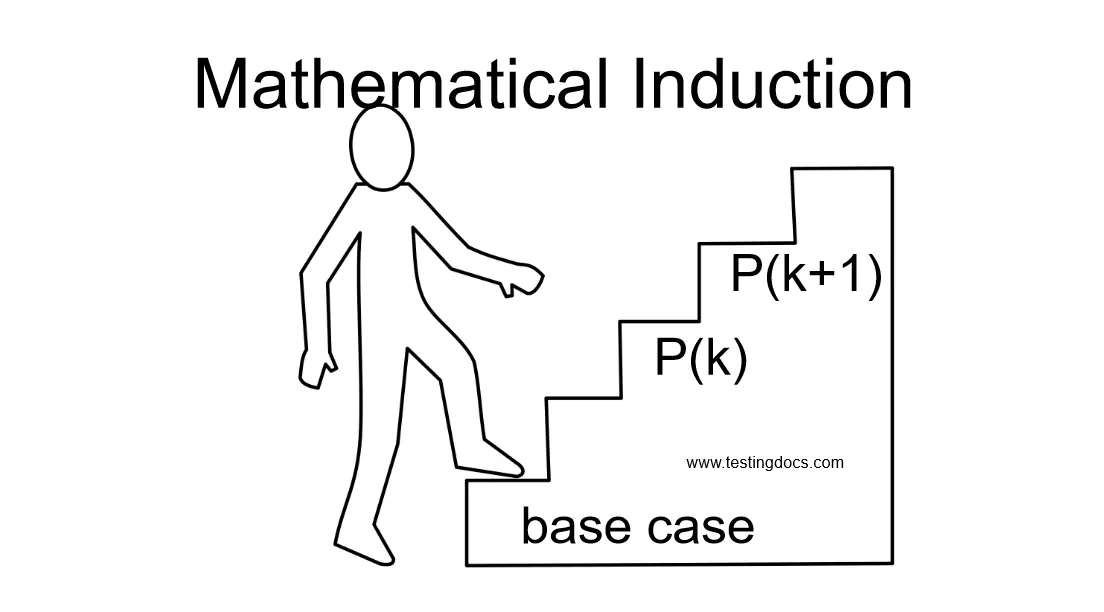What is Derivative in Calculus?
What is Derivative in Calculus?
In calculus, the derivative measures how a function changes as its input changes. In simpler terms, it represents the rate of change or the slope of the function at any given point.
For a function f(x), the derivative f'(x) tells us how fast f(x) is changing at a specific value of x. If the derivative is large, the function is changing quickly. If it’s small, the function is changing slowly. If the derivative is zero, the function is flat or has a horizontal tangent at that point.
Explanation
Imagine you’re driving a car. The speedometer tells you how fast your car is going at any moment. In calculus, the speed at a specific point in time is like the derivative of your position function with respect to time.
Formal Definition
The derivative of a function f(x) at a point x is the limit of the average rate of change of the function over a small interval as the interval becomes infinitesimally small. Mathematically, this is written as:
f'(x) = lim(Δx → 0) (f(x + Δx) - f(x)) / ΔxWhere:
- f(x + Δx) – f(x) is the change in the function’s value.
- Δx is the small change in x.

Geometric Interpretation
The derivative at a point is the slope of the tangent line to the curve at that point. If you were to draw the curve of the function f(x), the derivative gives you the steepness or inclination of the curve at any specific x-value.
Example
For the function f(x) = x²:
The derivative is:
f'(x) = 2xThis means that at any point x, the rate of change (or slope) of f(x) = x² is 2x. If x = 3, the slope of the curve is 2 × 3 = 6.
The derivative helps us understand how a function behaves—whether it’s increasing, decreasing, or flat at any given point. It is a central concept in calculus and plays a key role in optimization, physics, and many other fields.
